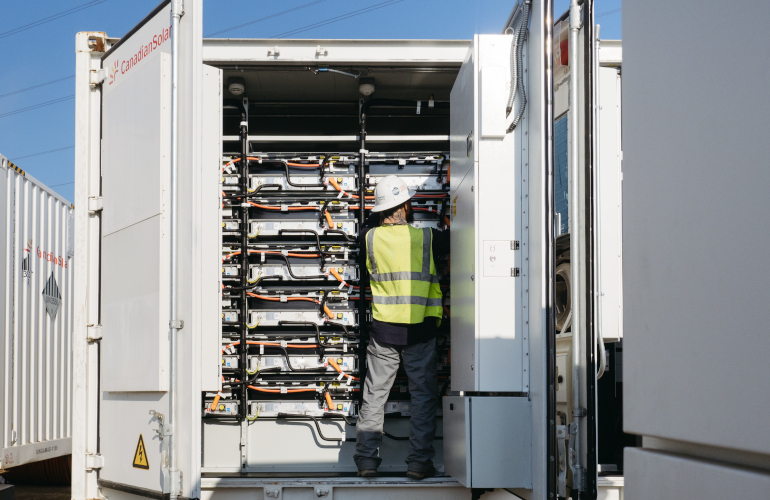The Commerce department has released its preliminary countervailing tasks (CVD) in the business with battery ano material from China. Provisional antidumping (AD) rates must be unveiled in July. The US International Trade Commission (ITC) has already made a confirming provisional decision in this matter.
Provisional subsidy rates
| Commend | For the time being CVD percentage |
| HUZHOE KAIJIN New energy technology | 712.03% |
| Panasonic | 6.55% |
| Shanghai Shaosheng knitted sweat | 721.03% |
| All others | 6.55% |
The research was first submitted in December 2024 by the American Active Anode Material Producers (AAAMP). The group claimed that China’s dominance on Active Ano Material (AAM) uses in Lithium-ion energy storage and EV batteries have prevented the domestic market to set up competitive activities.
The ITC found some merit behind this claim, indicating that the American AAM industry was “material handicapped” by dumped and subsidized import from China. While earlier AD/CVD cases in the solar panel space can be a clear “before” and “after” level of damage as soon as the Chinese product has entered the United States, the AAM industry has no significant product output to compare. The preliminary decision of the ITC offers a unique opportunity for other similar product manufacturers to claim the domestic industry for the domestic industry – the currently non -existing silicon waffer industry in the United States can, for example, take on damage due to China’s dominance.
Industrialist Roth Capital Partners said that the CVD rate of 6.55% “all other” CVD rate was considerably lower than expected. Roth estimates that this lower rate could increase the costs of a battery cell by 0.6% and add 0.3% to the costs of a DC block – immaterial numbers.
The petitioners have not requested specific CVD rates, but did call for anti -dumping margins of more than 900%. The industry expects the provisional AD rates to be more important than what was released this week.
What are battery active anodia materials?

Credit: e-storage and UBS Asset Management
A battery needs both a cathode and an anode to facilitate the power of electrical charge. While charging batteries, electrons go from the positive cathode to the negative anode and that electrical difference translates into stored energy. The mentioned “chemistry” of a battery is his active cathodematerials – lithium iron phosphate (LFP) or Lithium Nikkelmanganese cobalt (NMC) for example. Active anodia materials are typically on carbon-based-such as graphite powder or silicon oxide. The materials are mined, ground into a fine powder and then coated on the anode (usually copper foil).
In the original petition, AAANP asked for tasks on all active anodia materials, whether it is synthetic, of course whether a mix; with or without a coating; Regardless of or in powder, dry, liquid or other shape. Subject items can be mixed with silicon or not, but the taken graphite must have a minimum purity content of 90% carbon. The tasks can be levied against anodia materials, whether they are imported separately, in a compound or in a finished battery.
AAAMP claims that it represents the only domestic manufacturers of active anodia materials. Membership consists of Anovion Technologies (Georgia), Syrah Technologies (Louisiana), Novonix Anodematerialen (Tennessee), Epsilon Advanced Materials 5060 (North Carolina) and Ski Us/Birla Carbon (Georgia/South Carolina). Most of these companies are still considered in the start -up phase. In his petition, AAAMP claims that the Interior AAM industry has difficulty getting off the ground because of China’s oversupply.
Subsequent steps
Now that the provisional CVD rates have been released, customs and border protection will start collecting CVD next to the existing rates that have already been imposed on the import of lithium batteries from China.
Commerce would release his provisional AD rates in July. Commerce would then release its final provisions in September/October and the ITC would publish its final determination around 13 November.

